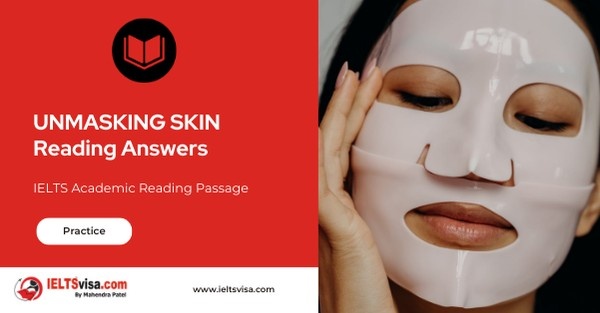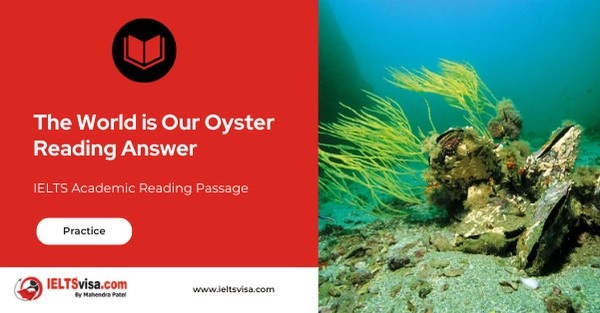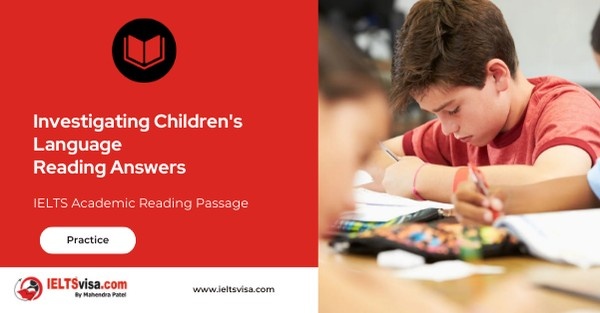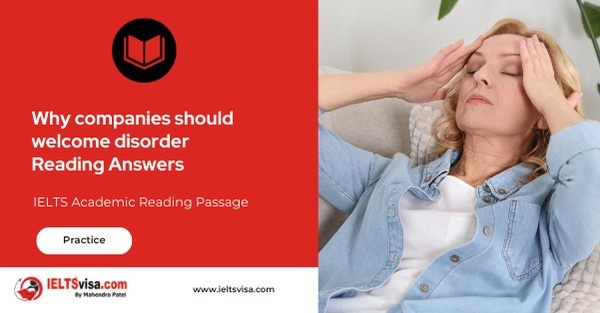Case Study: Tourism New Zealand Website Reading Answers
IELTS Academic Reading Passage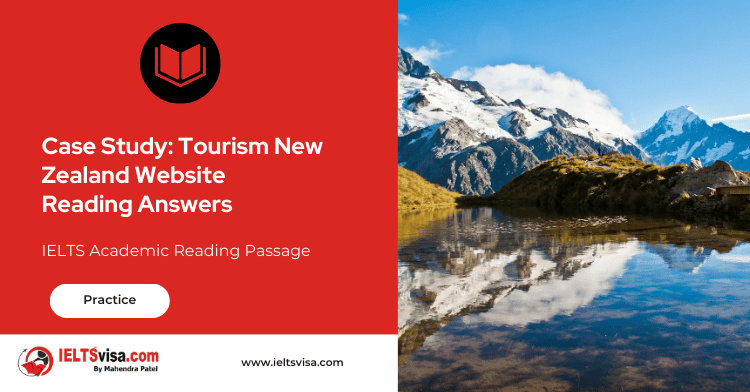
A New Zealand is a small country of four million inhabitants, a long-haul flight from all the major tourist-generating markets of the world. Tourism currently makes up 9% of the country’s gross domestic product and is the country’s largest export sector. Unlike other export sectors, which make products and then sell them overseas, tourism brings its customers to New Zealand. The product is the country itself – the people, the places, and the experiences. In 1999, Tourism New Zealand launched a campaign to communicate a new brand position to the world. The campaign focused on New Zealand’s scenic beauty, exhilarating outdoor activities and authentic Maori culture, and it made New Zealand one of the strongest national brands in the world.
B A key feature of the campaign was the website www.newzealand.com, which provided potential visitors to New Zealand with a single gateway to everything the destination had to offer. The heart of the website was a database of tourism services operators, both those based in New Zealand and those based abroad which offered tourism service to the country. Any tourism-related business could be listed by filling in a simple form. This meant that even the smallest bed and breakfast address or specialist activity provider could gain a web presence with access to an audience of long-haul visitors. In addition, because participating businesses were able to update the details they gave on a regular basis, the information provided remained accurate. And to maintain and improve standards, Tourism New Zealand organised a scheme whereby organisations appearing on the website underwent an independent evaluation against a set of agreed national standards of quality. As part of this, the effect of each business on the environment was considered.
C To communicate the New Zealand experience, the site also carried features relating to famous people and places. One of the most popular was an interview with former New Zealand All Blacks rugby captain Tana Umaga. Another feature that attracted a lot of attention was an interactive journey through a number of the locations chosen for blockbuster films which had made use of New Zealand’s stunning scenery as a backdrop. As the site developed, additional features were added to help independent travelers devise their own customised itineraries. To make it easier to plan motoring holidays, the site catalogued the most popular driving routes in the country, highlighting different routes according to the season and indicating distances and times.
D Later, a Travel Planner feature was added, which allowed visitors to click and ‘bookmark’ places or attractions they were interested in, and then view the results on a map. The Travel Planner offered suggested routes and public transport options between the chosen locations. There were also links to accommodation in the area. By registering with the website, users could save their Travel Plan and return to it later, or print it out to take on the visit. The website also had a ‘Your Words’ section where anyone could submit a blog of their New Zealand travels for possible inclusion on the website.
E The Tourism New Zealand website won two Webby awards for online achievement and innovation. More importantly perhaps, the growth of tourism to New Zealand was impressive. Overall tourism expenditure increased by an average of 6.9% per year between 1999 and 2004. From Britain, visits to New Zealand grew at an average annual rate of 13% between 2002 and 2006, compared to a rate of 4% overall for British visits abroad.
F The website was set up to allow both individuals and travel organizations to create itineraries and travel packages to suit their own needs and interests. On the website, visitors can search for activities not solely by geographical location, but also by the particular nature of the activity. This is important as research shows that activities are the key driver of visitor satisfaction, contributing 74% to visitor satisfaction, while transport and accommodation account for the remaining 26%. The more activities that visitors undertake, the more satisfied they will be. It has also been found that visitors enjoy cultural activities most when they are interactive, such as visiting a marae (meeting ground) to learn about traditional Maori life. Many long-haul travelers enjoy such learning experiences, which provide them with stories to take home to their friends and family. In addition, it appears that visitors to New Zealand don’t want to be ‘one of the crowd’ and find activities that involve only a few people more special and meaningful.
G It could be argued that New Zealand is not a typical destination. New Zealand is a small country with a visitor economy composed mainly of small businesses. It is generally perceived as a safe English-speaking country with reliable transport infrastructure. Because of the long-haul flight, most visitors stay for longer (average 20 days) and want to see as much of the country as possible on what is often seen as a once-in-a-lifetime visit. However, the underlying lessons apply anywhere – the effectiveness of a strong brand, a strategy based on unique experiences and a comprehensive and user-friendly website.
Questions 1-7
Complete the table below.
Choose ONE WORD ONLY from the passage for each answer.
Write your answers in boxes 1-7 on your answer sheet.
|
Sections of Website |
Comments |
|
Database of tourism services |
• easy for tourism-related businesses to get on the list • allowed businesses to 1………………………… information regularly • provided a country-wide evaluation of businesses, including their impact on the 2……………………….. |
|
Special features on local topics |
• e.g. an interview with a former sports 3……………………………., and an interactive tour of various locations used in 4………………………. |
|
Information on driving routes |
• varied depending on the 5…………………………… |
|
Travel Planner |
• included a map showing selected places, details of public transport, and local 6…………………………. |
|
‘Your Words’ |
• travelers could send a link to their 7………………………… |
Questions 8-13
Do the following statements agree with the information given in Reading Passage?
In boxes 8-13 on your answer sheet, write –
TRUE if the statement agrees with the information,
FALSE if the statement contradicts the information,
NOT GIVEN if there is no information on this.
8 The website www.newzealand.com aimed to provide ready-made itineraries and packages for travel companies and individual tourists.
9 It was found that most visitors started searching on the website by geographical location.
10 According to research, 26% of visitor satisfaction is related to their accommodation.
11 Visitors to New Zealand like to become involved in the local culture.
12 Visitors like staying in small hotels in New Zealand rather than in larger ones.
13 Many visitors feel it is unlikely that they will return to New Zealand after their visit.

Solution For: Case Study: Tourism New Zealand Website
Reading Answers
| 1 – update | 8 – FALSE |
| 2 – environment | 9 – NOT GIVEN |
| 3 – captain | 10 – FALSE |
| 4 – films | 11 – TRUE |
| 5 – season | 12 – NOT GIVEN |
| 6 – accommodation | 13 – TRUE |
| 7 – blog |
Review and Practice
- Regularly practice with IELTS reading samples and time yourself to get used to the pressure of the exam.
- Review your mistakes to understand where you went wrong and how to avoid similar errors in the future.
Our Books
Master IELTS Speaking Part 1
IELTS Writing Task 1 Book
IELTS Writing Task 2 Book
Case Study: Tourism New Zealand Website Reading Answers Explanation
Comin Soon
Practice IELTS Other Modules
IELTS Listening
The IELTS Listening test assesses how well you can understand spoken English in various contexts. It lasts about 30 minutes and is divided into four sections with a total of 40 questions. The listening tasks become increasingly difficult as the test progresses.
IELTS Academic Reading
The IELTS Academic Reading section assesses your ability to understand and interpret a variety of texts in academic settings. It is designed to evaluate a range of reading skills, including skimming for gist, reading for main ideas, reading for detail, understanding inferences, and recognizing a writer's opinions and arguments.
IELTS Speaking
The IELTS Speaking test assesses your ability to communicate in English on everyday topics. It lasts 11-14 minutes and consists of three parts: introduction, cue card, and a discussion based on the cue card topic.
IELTS General Reading
IELTS General Reading tests your ability to understand and interpret various types of texts. Here are some key areas and types of content you can expect to encounter in the reading section, along with tips for effective preparation.
IELTS Academic Writing Task 1
In IELTS Academic Writing Task 1, you are presented with a visual representation of information, such as graphs, charts, tables, or diagrams, and you are required to summarize, compare, or explain the data in your own words.
IELTS General Writing Task 1
In IELTS General Writing Task 1, you are required to write a letter based on a given situation. The letter can be formal, semi-formal, or informal, depending on the prompt. Here’s a breakdown of the key components to include in your letter
IELTS Academic Writing Task 2
In IELTS Academic Writing Task 2, you are required to write an essay in response to a question or topic. Here’s a guide to help you understand the essential elements of this task
IELTS Exam Tips
To succeed in the IELTS exam, practice regularly, familiarize yourself with the test format, improve your vocabulary, develop time management skills, and take mock tests to build confidence.
Grammer for IELTS
Grammar is the foundation of effective communication in English. Understanding tense usage, subject-verb agreement, and sentence structure enhances clarity and coherence in writing and speaking.
Vocabulary for IELTS
Vocabulary plays a crucial role in the IELTS (International English Language Testing System) exam, especially in the Speaking and Writing sections. Here’s an overview of why vocabulary is important and how it impacts your performance
RECENT IELTS SAMPLES QUESTIONS AND ANSWERS
Back to the Future Skyscraper Design
A. “The Recovery of Natural Environments in Architecture” by Professor Alan Short represents...
UNMASKING SKIN
AIf you took off your skin and laid it flat, it would cover an area of about twenty-one square...
The World is Our Oyster Reading Answer
A. Independent travel is on the increase and while package holidays which offer an all...
Investigating Children’s Language
A For over 200 years, there has been an interest in the way children learn to speak and...
Why companies should welcome disorder
A Organisation is big business. Whether it is of our lives – all those inboxes and calendars –...
Saving bugs to find new drugs
A More drugs than you might think are derived from, or inspired by, compounds found in living...


